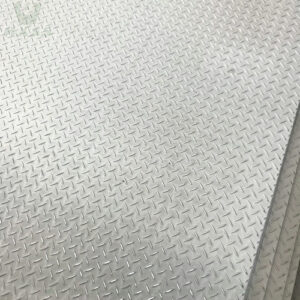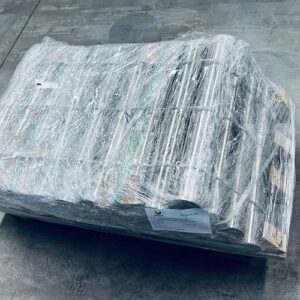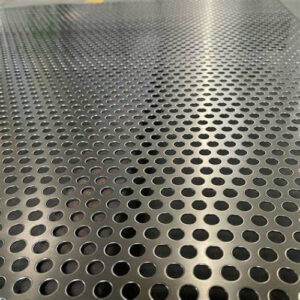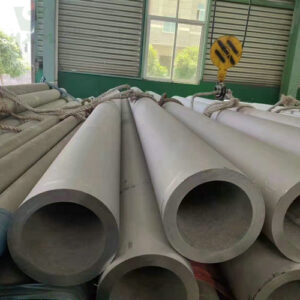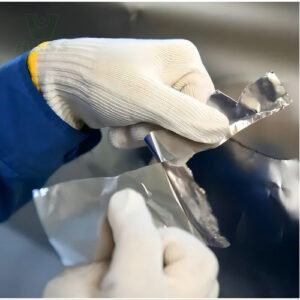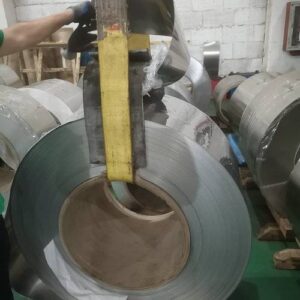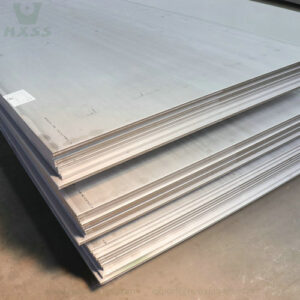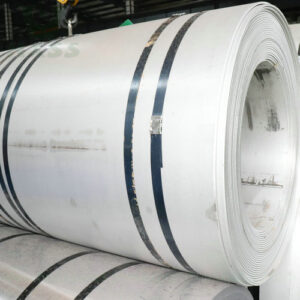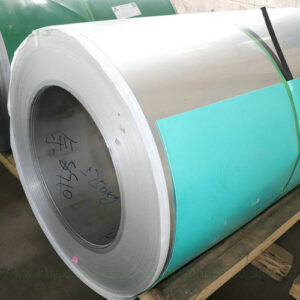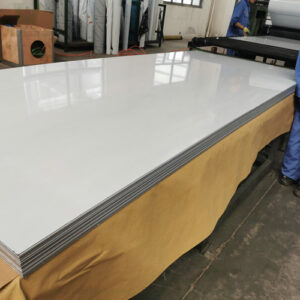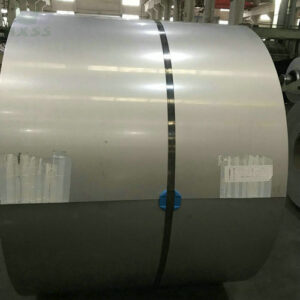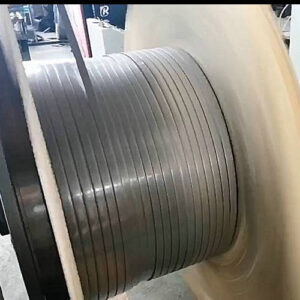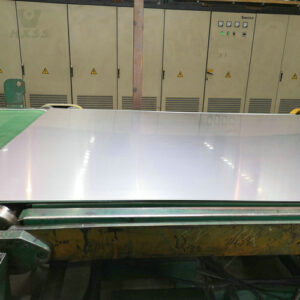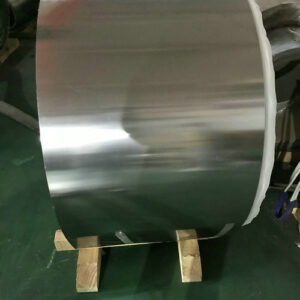When choosing the right stainless steel for your project, it’s essential to understand the differences between 301 vs 316 stainless steel. Both alloys are used extensively across industries, but they have different properties that make them suitable for different applications.
In this blog, we’ll take an in-depth look at the composition, mechanical properties, cost, and applications of 301 and 316 stainless steel to help you make an informed decision. Whether you’re looking for durability, corrosion resistance, or cost-effectiveness, this article will give you the insight you need to choose the best stainless steel for your needs.
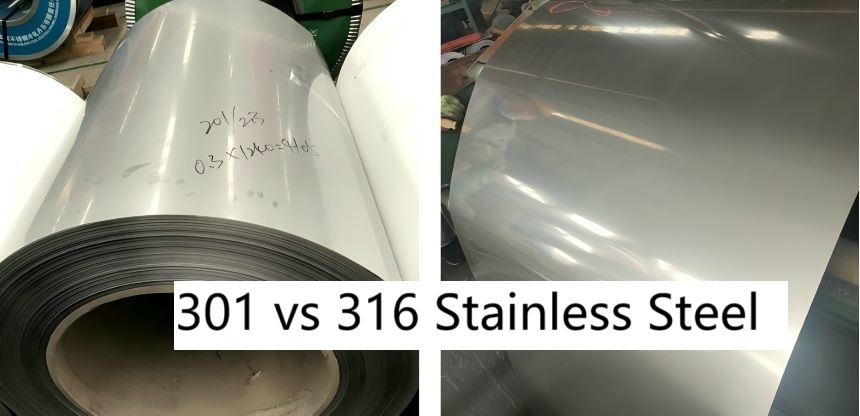
What Is 316 Stainless Steel?
316 stainless steel is a molybdenum-bearing austenitic stainless steel that offers superior corrosion resistance compared to 301 stainless steel. The addition of molybdenum enhances its resistance to pitting and crevice corrosion, making it ideal for use in harsh environments, such as marine and chemical processing applications.
Key Properties of 316 Stainless Steel:
Superior Corrosion Resistance: Especially in chloride environments.
High Temperature Resistance: Suitable for high-temperature applications.
Excellent Formability and Weldability: Easy to work with in various fabrication processes.
What Is 301 Stainless Steel?
301 stainless steel is a chromium-nickel austenitic stainless steel that is known for its high strength and good corrosion resistance. It is often used in applications where high strength and moderate corrosion resistance are required. The alloy is highly ductile in the annealed condition and can be hardened by cold working, making it suitable for a variety of forming operations.
Key Properties of 301 Stainless Steel:
High Strength: Can be hardened through cold working.
Good Corrosion Resistance: Suitable for moderate environments.
Excellent Ductility: Easy to form and fabricate.
301 vs 316 Stainless Steel: The Difference
When comparing 301 vs 316 stainless steel, it’s essential to consider several factors, including composition, mechanical properties, physical properties, cost, and applications. Each of these aspects plays a crucial role in determining which grade is more suitable for a specific use case.
301 vs 316 Stainless Steel Composition:
| Element | 301 Stainless Steel (%) | 316 Stainless Steel (%) |
|---|---|---|
| Cr | 16.0 – 18.0 | 16.0 – 18.0 |
| Ni | 6.0 – 8.0 | 10.0 – 14.0 |
| Mo | – | 2.0 – 3.0 |
| C | ≤ 0.15 | ≤ 0.08 |
| Mn | ≤ 2.0 | ≤ 2.0 |
| Si | ≤ 1.0 | ≤ 1.0 |
| P | ≤ 0.045 | ≤ 0.045 |
| S | ≤ 0.03 | ≤ 0.03 |
301 vs 316 Stainless Steel Equivalent Grades:
| Standard | 316 Stainless Steel | 301 Stainless Steel |
| UNS | S31600 | S30100 |
| EN | 1.4401 | 1.4310 |
| JIS | SUS 316 | SUS 301 |
| ASTM | 316 | 301 |
301 vs 316 Stainless Steel : Mechanical Properties
| Property | 301 Stainless Steel | 316 Stainless Steel |
|---|---|---|
| Tensile Strength (MPa) | 515 – 860 | 515 – 690 |
| Yield Strength (MPa) | 205 – 515 | 205 – 310 |
| Elongation (%) | 40 – 60 | 40 – 50 |
| Hardness (Brinell) | 217 max | 217 max |
301 vs 316 Stainless Steel : Physical Properties
| Property | 301 Stainless Steel | 316 Stainless Steel |
|---|---|---|
| Density (g/cm³) | 7.9 | 8.0 |
| Melting Point (°C) | 1399 – 1421 | 1375 – 1400 |
| Thermal Conductivity (W/m·K) | 16.3 | 16.3 |
| Electrical Resistivity (Ω·m) | 0.72 x 10^-6 | 0.74 x 10^-6 |
301 vs 316 Stainless Steel Cost:
When it comes to cost, 301 stainless steel is generally more affordable than 316 stainless steel. The addition of molybdenum in 316 stainless steel increases its cost, but it also enhances its corrosion resistance, making it a better choice for more demanding environments.
If you need more detailed 316 ss or 301 ss pricing, please contact us directly.
301 vs 316 Stainless Steel Application:
301 Stainless Steel: Commonly used in applications where high strength and moderate corrosion resistance are required, such as in the automotive industry, railway cars, and aircraft structures.
316 Stainless Steel: Ideal for applications that require superior corrosion resistance, such as marine environments, chemical processing equipment, and medical devices.
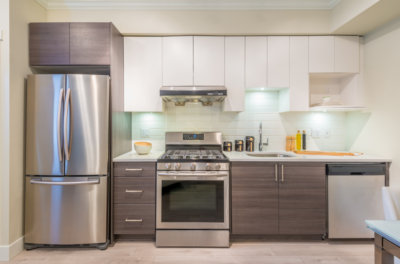
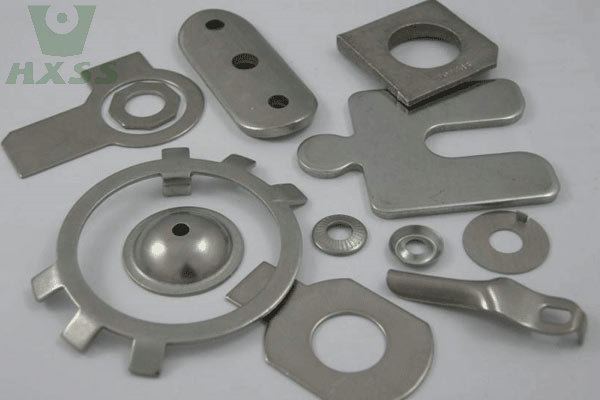

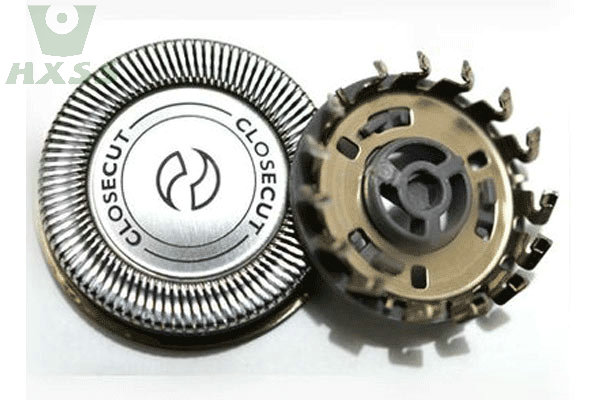
301 vs 316 Stainless Steel Other Difference:
301 vs 316 Stainless Steel: Workability and Weldability
Both 301 and 316 stainless steels are highly workable and weldable. However, 301 stainless steel is more prone to work hardening, which can make it more challenging to work with in some applications. On the other hand, 316 stainless steel is easier to weld and form, making it a preferred choice for complex fabrication processes.
301 vs 316 Stainless Steel Corrosion Resistance
316 stainless steel offers superior corrosion resistance, especially in chloride environments, due to the addition of molybdenum. This makes it the preferred choice for marine applications and other environments where exposure to corrosive elements is a concern.
301 vs 316 Stainless Steel: Temperature and Heat Treatment
Both 301 and 316 stainless steels can withstand high temperatures, but 316 stainless steel performs better in high-temperature environments due to its higher nickel content. Heat treatment can be used to enhance the properties of both alloys, but 301 stainless steel is more responsive to cold working.
301 vs 316 Stainless Steel: Strength and Hardness
301 stainless steel is known for its high strength, which can be further enhanced through cold working. In contrast, 316 stainless steel has a lower strength but offers better corrosion resistance and durability.
301 vs 316 Stainless Steel: Forming and Welding
Both alloys are highly formable and weldable, but 316 stainless steel is generally easier to work with due to its lower work hardening rate. This makes it a better choice for complex forming and welding operations.
301 vs 316 Stainless Steel: Durability and Longevity
316 stainless steel is more durable and has a longer lifespan, especially in corrosive environments. Its superior corrosion resistance makes it a better choice for applications where longevity is a key consideration.
301 vs 316 Stainless Steel: Aesthetic Considerations
Both 301 and 316 stainless steels have a similar appearance, but 316 stainless steel may retain its aesthetic appeal longer in harsh environments due to its superior corrosion resistance.
301 vs 316 Stainless Steel: Which is Better?
The choice between 301 vs 316 stainless steel depends on your specific application requirements. If you need high strength and moderate corrosion resistance at a lower cost, 301 stainless steel may be a better choice. However, if superior corrosion resistance and durability are more important, especially in harsh environments, 316 stainless steel is the best choice.
In Conclusion
Both 301 and 316 stainless steel have their own unique advantages and are suitable for different applications. By understanding the differences in their composition, mechanical properties, and cost, you can make an informed decision that best meets the needs of your project. Whether you prioritize strength, corrosion resistance, or cost-effectiveness, this guide provides you with the essential information to select the right stainless steel for your application.
For more stainless steel information or stainless steel prices, please feel free to contact us.

